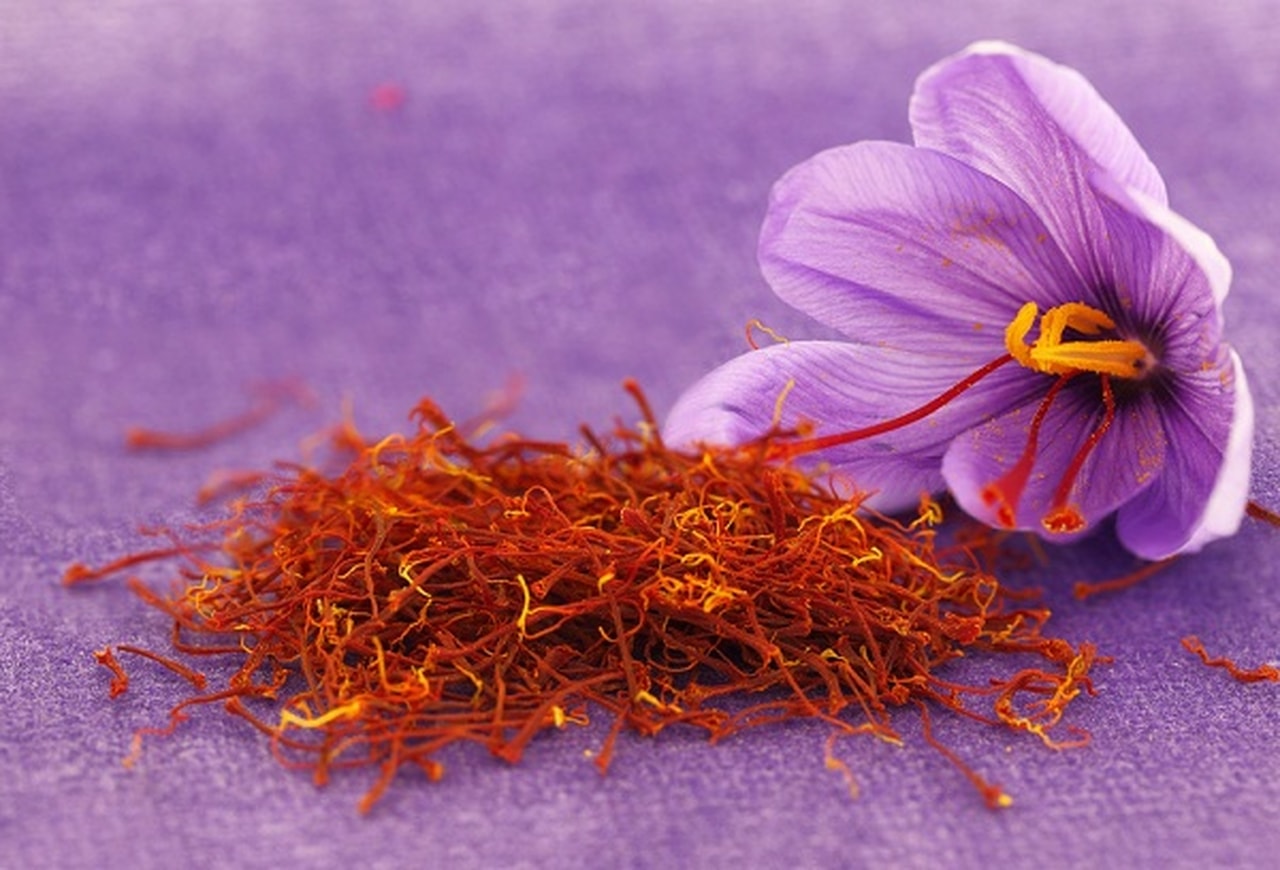Iran Mercantile Exchange started listing saffron for trading using commodity-linked certificates of deposit in Khorasan Razavi Province on Sunday.
The first saffron trade transaction took place in Mashhad Mercantile Exchange in the first hours of the day in a ceremony, Securities and Exchange News Agency reported.
Using Tsetmc.com, Managing Director of Central Union of Rural Agricultural Cooperatives of Iran Hossein Safaei purchased CCDs for 1.16 kg of saffron valued at 50 million rials ($1,305) from the union’s provincial representative, Amir Masoud Pejmanpour.
The ceremony was attended by deputy agriculture minister, Ali Akbar Mehrfard, deputy head of Securities and Exchange Organization, Hassan Amiri, and chief executive of IME Hamed Soltani-Nejad.
“More than 160,000 families engaged in saffron farming in the province are suffering because of the commodity’s price fluctuations and lack of transparency in pricing mechanisms. Saffron trade on IME is aimed at stabilizing the market, cutting out the middlemen and fixing the farmers’ liquidity issues,” Pejmanpour said.
According to IME chief Soltani-Nejad, plans are underway for saffron trade to take place on the spot market using cash, credit and Salaf contracts.
Salaf is an Islamic contract similar to futures contracts used to forward sell an underlying commodity with a predetermined interest.
IME is a commodities exchange located in Tehran, Iran. Founded in 2006, IME trades in agricultural, industrial and petrochemical products in the spot and futures markets.
CCD Trade Specifics
CCDs securitize a company’s product inventory and offer buyers easy ownership of goods without the usual hassles of storage and insurance.
“Farmers transfer their goods to IME’s certified warehouses, receive certificates of deposit based on the stored volume, visit a broker and get their saffron up on the list,” said Soltani-Nejad.
Warehouse keepers receive 150,000 rials ($4) for each kilogram of saffron from farmers to store the goods and also test up to 3 grams of the commodity to determine its purity and quality. It takes 24 hours to assess the goods and issue a certificate.
Saffron CCD trade will take place every day from 9 a.m. to 15:30 p.m. Tehran time with the exception of Thursday and Friday.
The seller will receive the money in two workdays, after deducting storage costs and broker fee.
World’s Biggest Saffron Producer
Iran is the world’s biggest saffron producer and accounts for more than 93% of the global production.
According to Ali Akbar Mehrfard, close to 95% of the country’s saffron are cultivated in the two provinces of South Khorasan and Khorasan Razavi in northeast Iran.
Around 150 tons of saffron have been exported since the beginning of the current Iranian year (March 20, 2016), he said, noting that the figure shows a 25% increase compared with the corresponding period of last year.
Mehrfard noted that when a country accounts for 60% of the global production of a specific commodity, they can launch an international commodity exchange market for that product.
“Iran meets this criterion in saffron and we must prepare for setting up an international saffron commodity exchange market,” he was quoted as saying by IRNA.
“Spain, Greece, India and Afghanistan make up 40% of global saffron trade while they produce less than 5-6% of it. These countries export Iranian saffron under their own brands,” he said.
More than 350 tons of saffron were produced in the last Iranian year, indicating a 25% increase compared with the previous year, of which about 130 tons were exported.
Area under saffron cultivation has increased from 88,000 to 95,000 hectares over the same period.


